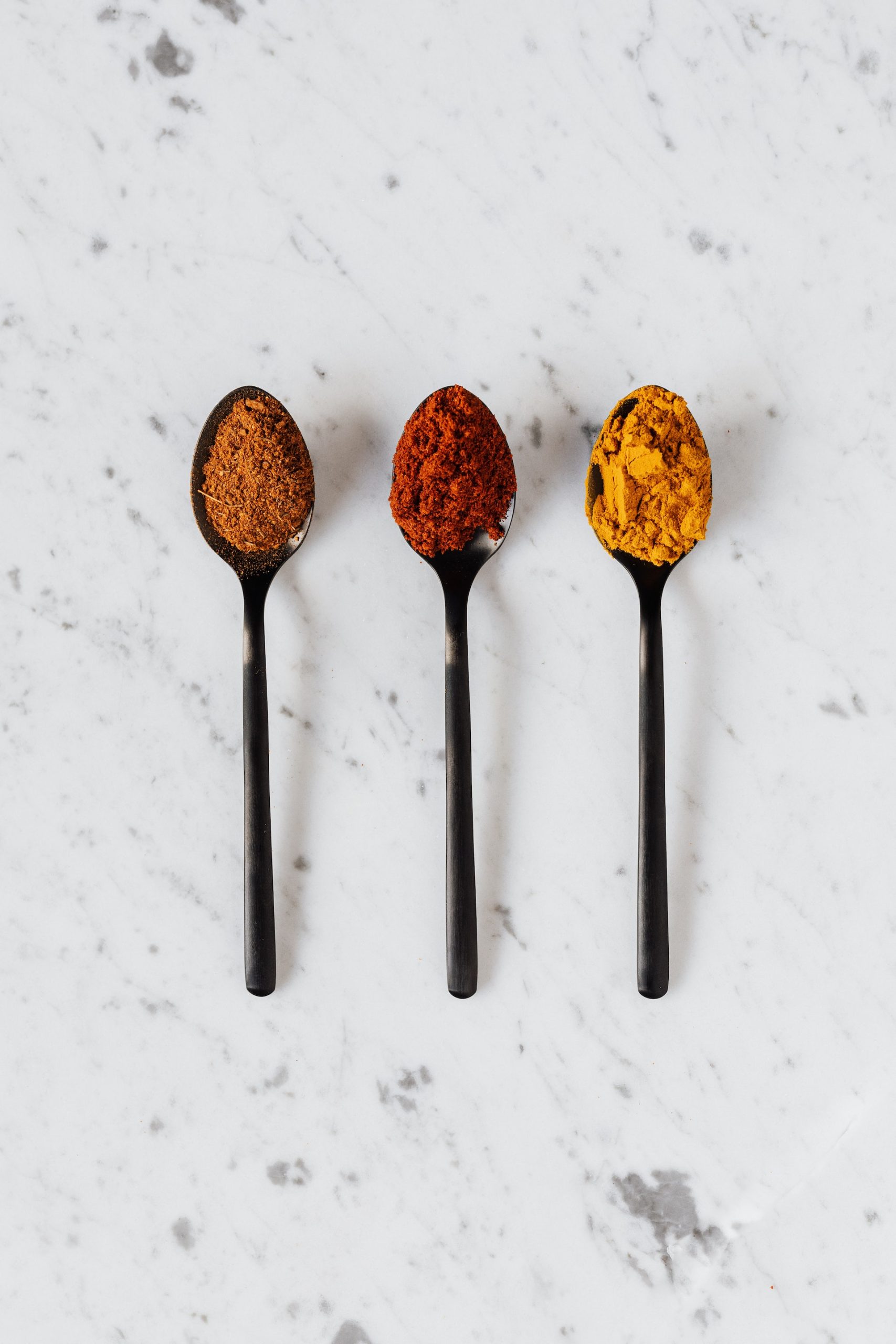The elusive fifth taste is what we’re talking about here. Any respectable cook or chef probably knows umami loosely translates into “delicious taste” from umai (うまい) “delicious” and mi (味) “taste” (source here). This kind of savory goodness is found in foods that are high in monosodium glutamate, things like moldy cheese, miso, seaweed, steak, soy sauce, greens, cooked tomatoes and a slew of other foods that are, for many of us, inexplicably crave-able.
So even though a LOT has been written about umami in the past few years, here’s something I find myself wondering whenever I’m craving that rare filet topped with the most stinkingly delicious gob of veiny bleu cheese and that is–What’s driving this desire for umami? Am I responding to something biological or are my cravings driven by my own personal like for savory foods?
First of all, as Mark Stenner says, “Unlike other eating sensations, tastes are biological imperatives. In evolutionary terms, they’ve acted as our last line of defense against poisons for millions of years.” What that means is that we are hardwired/biologically driven to want foods from all the five tastes: sweet, sour, salty, bitter and umami and yes, spicy, the sixth taste too.
Umami was first “discovered” by Dr. Kikunae Ikeda of Tokyo University back in 1907. Dr. Ikeda who sought to understand what was responsible for the satisfying character of kombu he was eating (a traditional Japanese seaweed broth). Ikeda identified the source of the taste as the amino acid glutamate. Fast forward a few years and Ikeda’s protégé, Dr. Shintaro Kodama, uncovers another component to “umami taste,” inosine monophosphate, a nucleotide. After that MSG enters the marketplace and fast becomes a condiment of choice throughout Asia. The Western world basically ignores this fifth taste and gets phobic about MSG until in 2006 when researchers at the University of Miami discover a taste bud that is solely receptive to umami-rich foods. As Stenner explains:
[The researchers] identified a G-protein-coupled receptor on the tongue of a mouse named ‘taste-mGluR4’. It contains a molecule shaped perfectly for bonding with a complementary-shaped amino acid molecule. When this happens taste-mGluR4 chemically arouses the taste bud, an electrical signal goes off to the brain, and the brain identifies umami. This is a discovery of significant proportions for everyone who eats. By showing that umami is a genuine basic taste, it proves that the umami we love can’t be had any other way. We are genetically engineered and programmed to enjoy umami rich food (read the rest of Mark Stenner’s article here).
Turn to Chinese medicine and the word on umami cravings is that they signify a yearning for peace, comfort and stability. In other works, umami foods are the perfect comfort food and there’s plenty of overlap between the two from hearty beef stews to Shepherd’s Pie to Gumbo and even Ma’s spaghetti with meat sauce. The Spice Doc, a Chinese herbalist and practitioner of yao shan (Chinese medicinal cooking), calls umami “the flavor of satisfaction” and for some reason, the more I imagine what’s driving me every time I have a hankering for sautéed mushrooms or rice and eggs doused with soy sauce alongside a can of sardines, the more that description makes sense to me. Unlike what happens when I have sugar cravings, once I chow-down on some umami-rich food I’ve been longing for, the cravings for it abate completely and I’m left feeling very, very satisfied (purr). Now when it comes to chocolate cravings well… those can go on forever.
So… got a hankering for something but don’t know what? Try something rich in umami first and save yourself from eating that whole Entenmann’s cake you’ve got stored in the freezer. Maybe. Maybe not. I’ll give it a whirl.
Find out more about the health benefits of eating umami-rich foods at this site.





